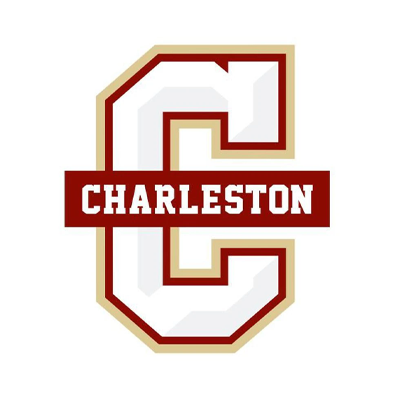Description
The College of Charleston (CofC or Charleston) is a public university in Charleston, South Carolina. Founded in 1770 and chartered in 1785, it is the oldest university in South Carolina, the thirteenth oldest institution of higher learning in the United States, and the oldest municipal college in the country. The founders of the institution included three future signers of the Declaration of Independence (Thomas Heyward Jr., Arthur Middleton, and Edward Rutledge), and three future signers of the United States Constitution (Charles Pinckney, Charles Cotesworth Pinckney, and John Rutledge).
History
The College of Charleston was founded in 1770, making it the thirteenth oldest institution of higher education and oldest municipal college in the United States. The college's original structure, located at the site of what is now Randolph Hall, was designed similar to a barracks. In March 1785, the South Carolina General Assembly issued a charter to the college, which officially opened in 1790 and hosted its first commencement in 1794. The first president of the college was Robert Smith, who served in the position from 1790 to 1797.
A second charter was issued by the general assembly in 1791 stipulating that the college would not discriminate on the basis of religion. During the Antebellum era, further development efforts in the college resulted in the construction of Randolph Hall and the President's House, both of which were built using slave labor. In 1837, the Charleston municipal government assumed control over the college. During the mid-20th century, several African Americans attempted to apply to the racially segregated college as part of the Double V campaign against racism in the United States, but they were all rejected. Though the college became a private institution to avoid being racially integrated during the civil rights movement, Black students were eventually admitted starting in 1967 as a result of external pressure.























